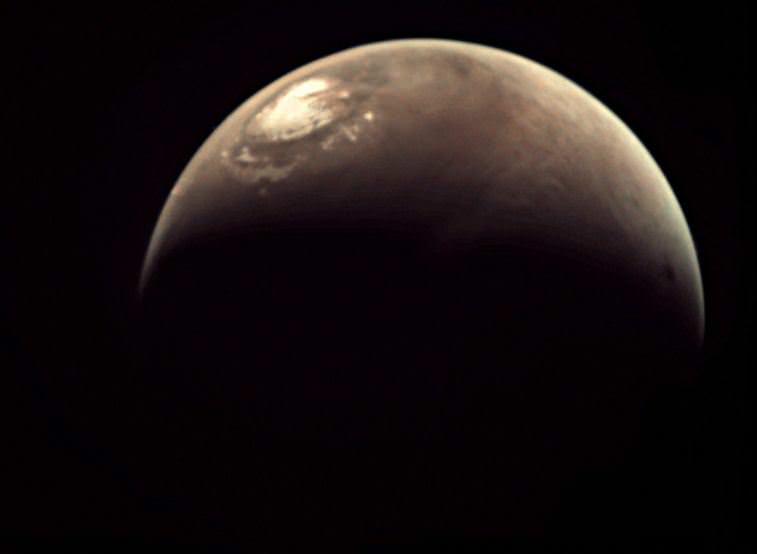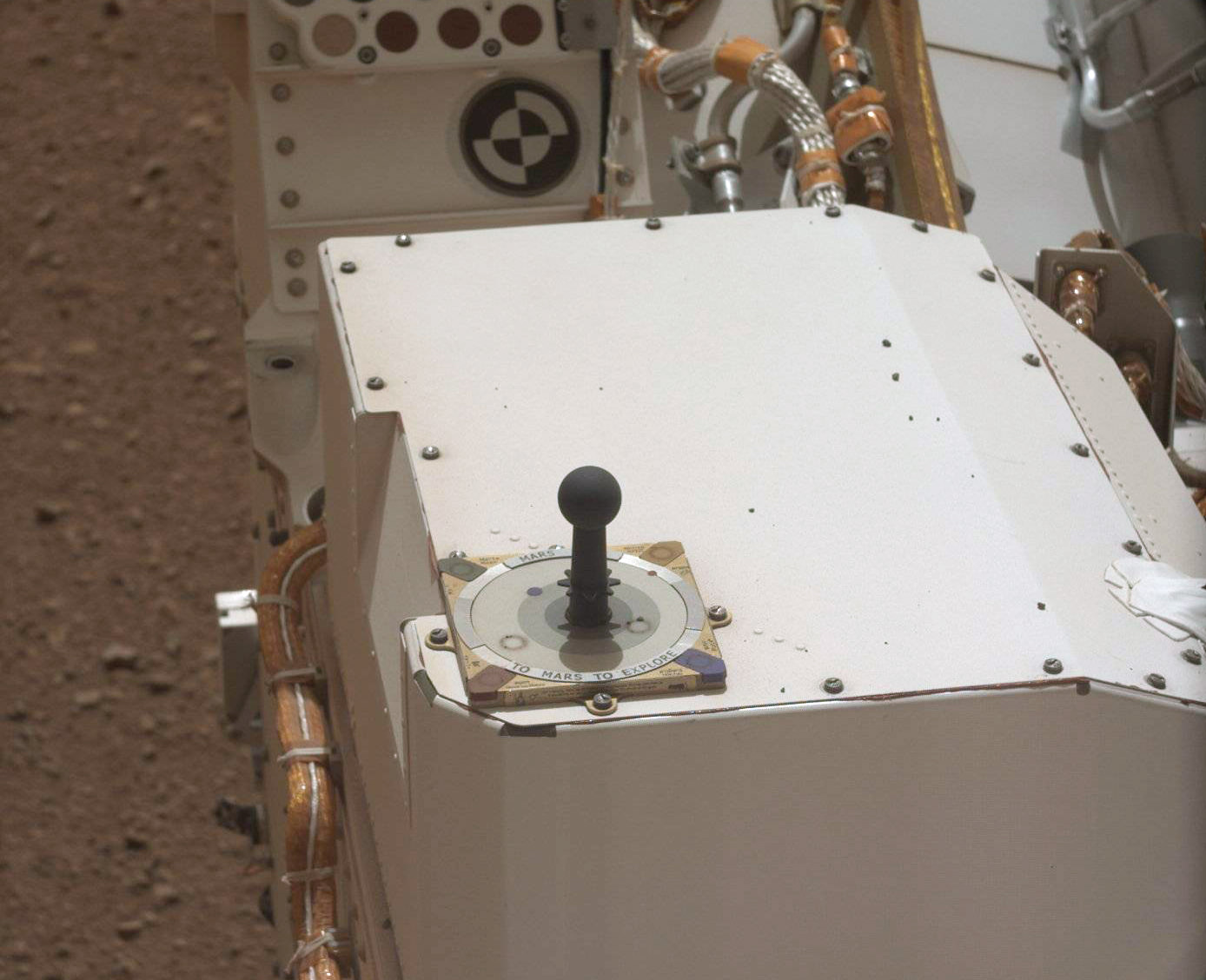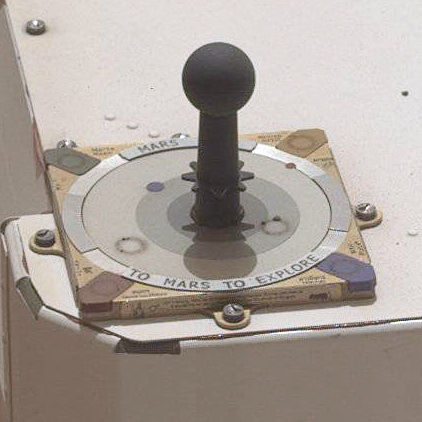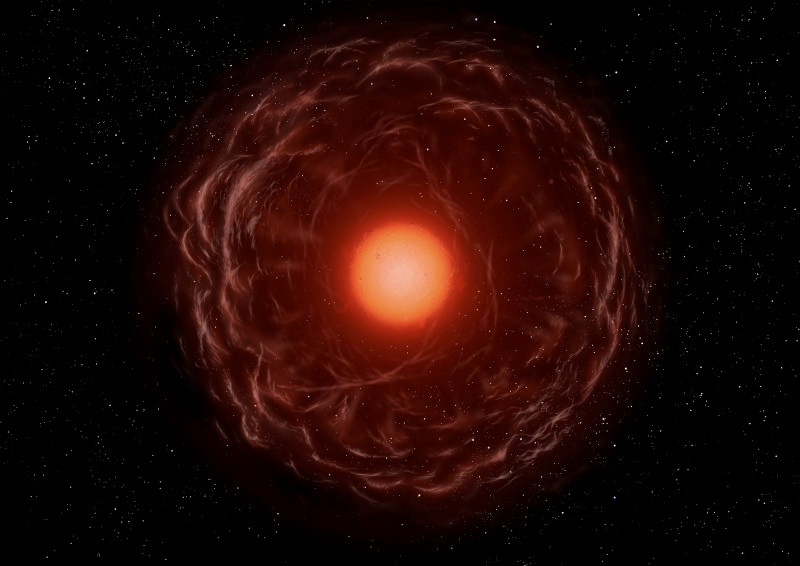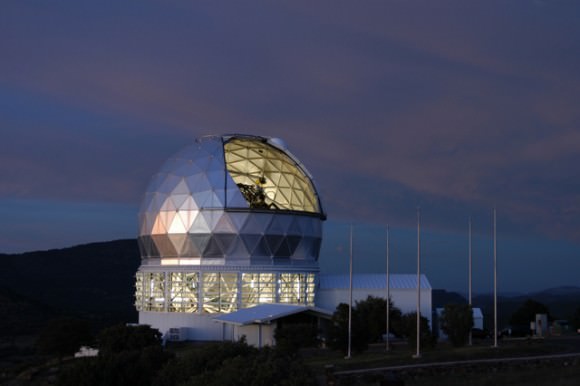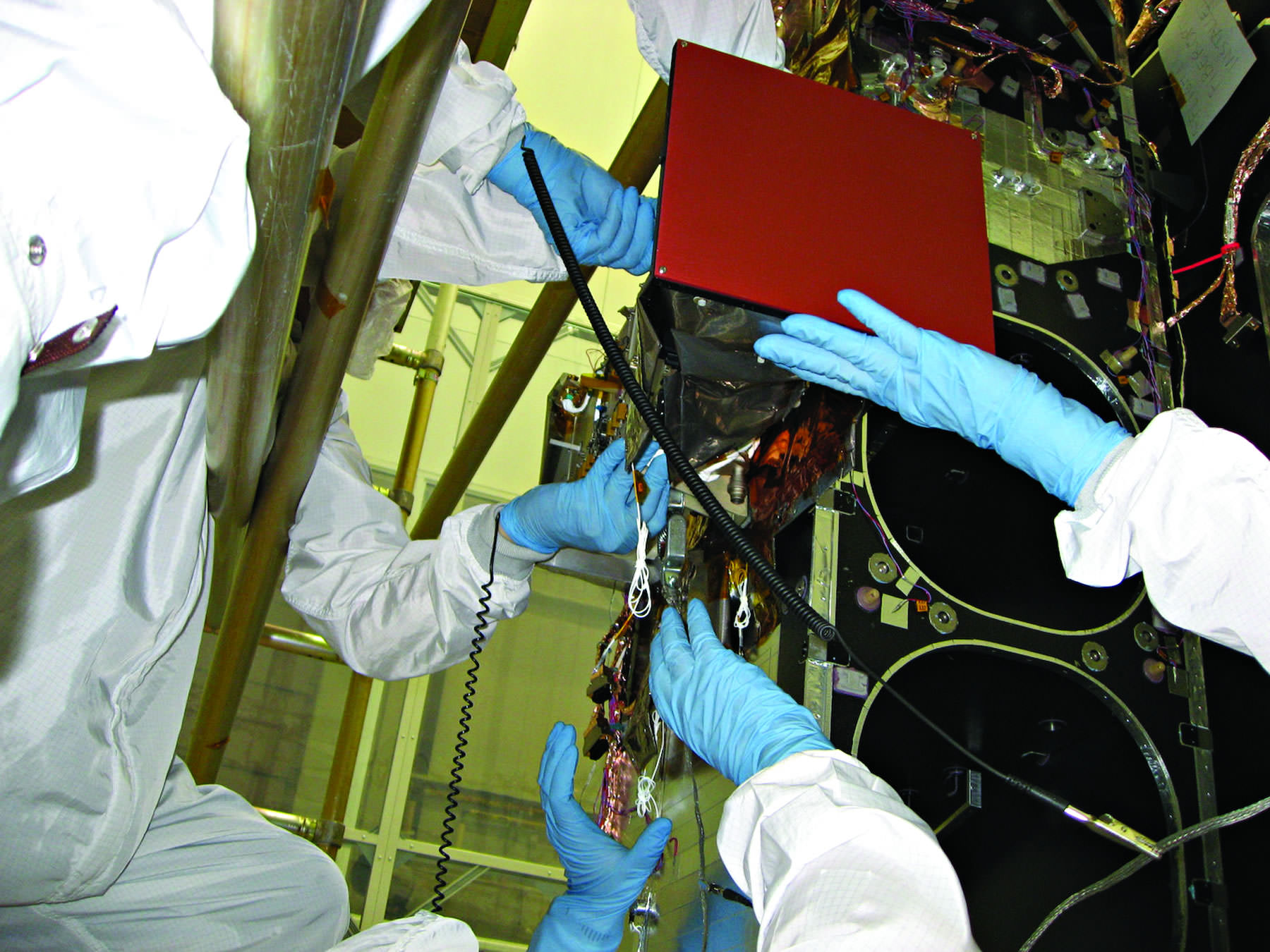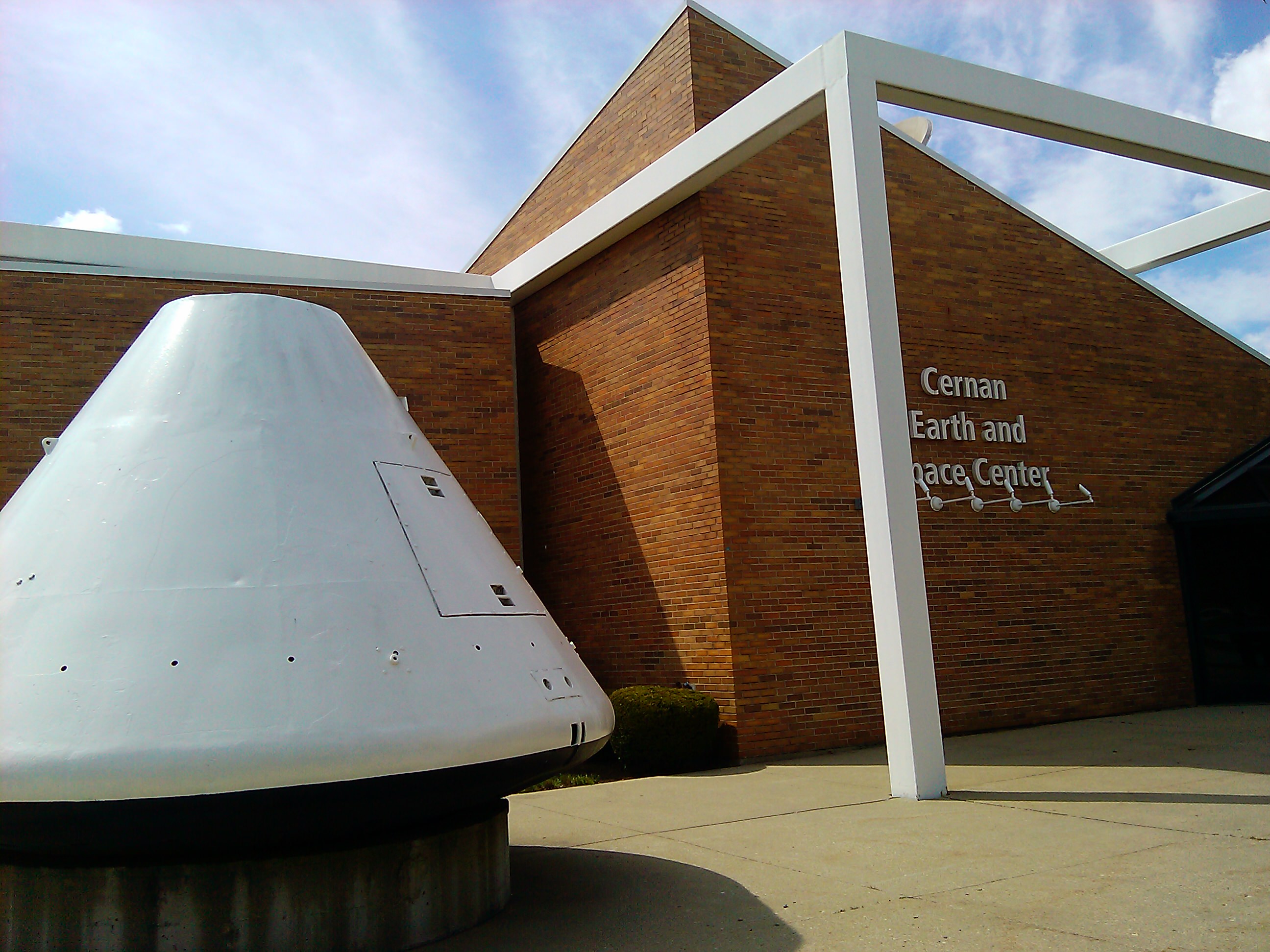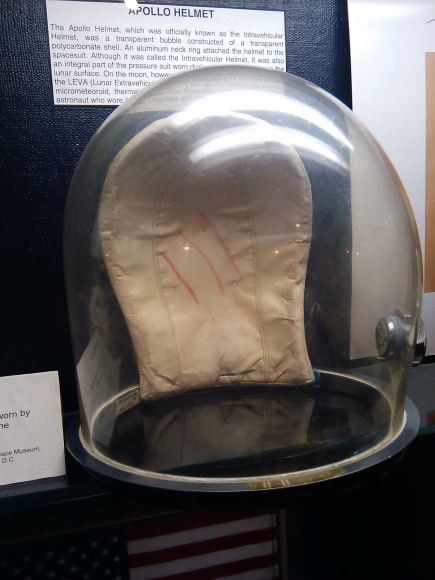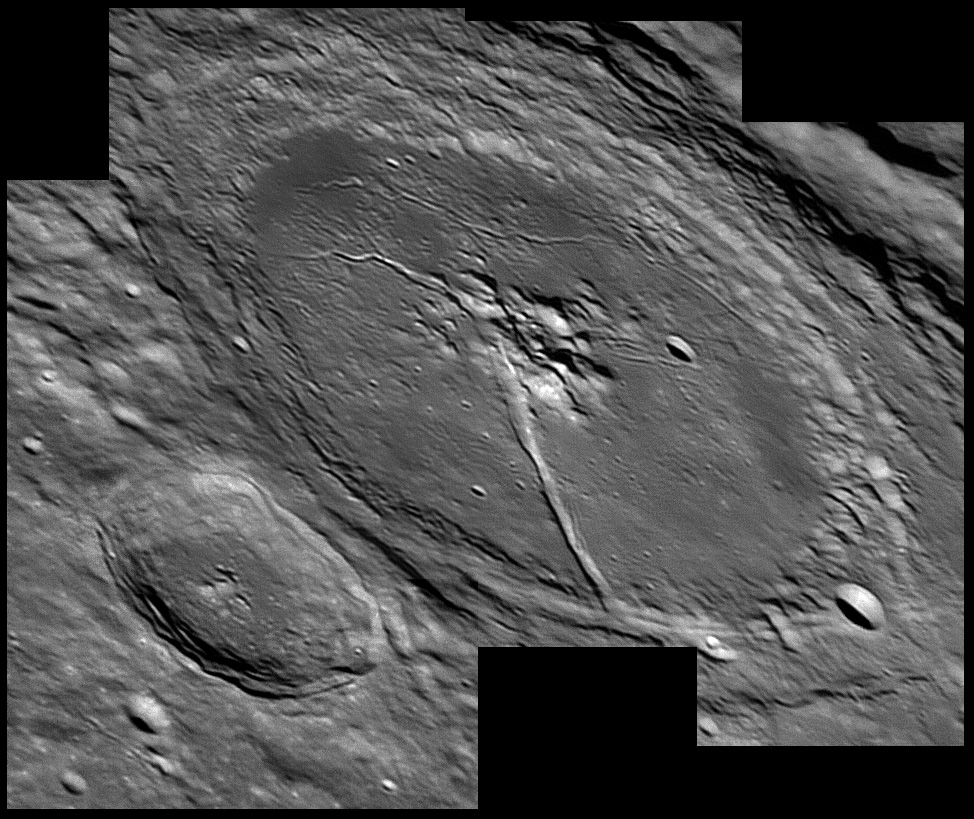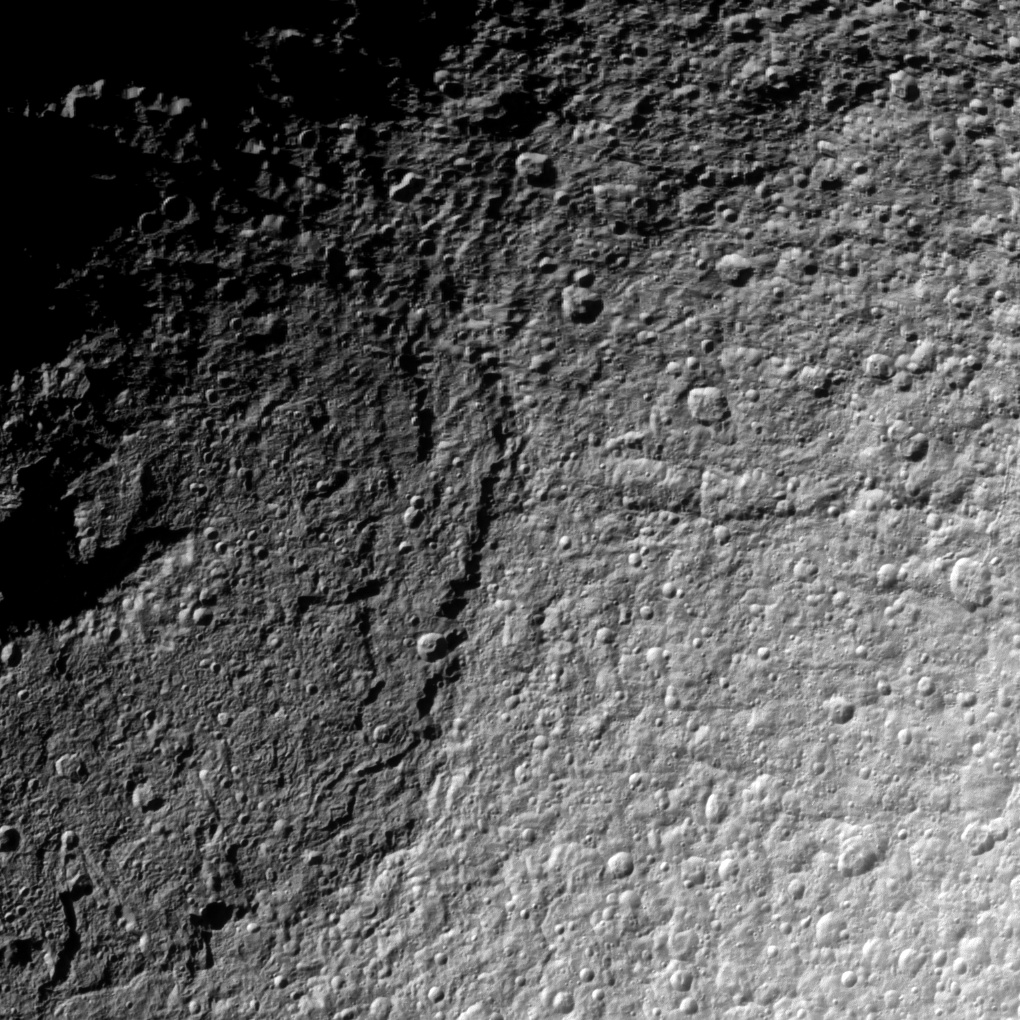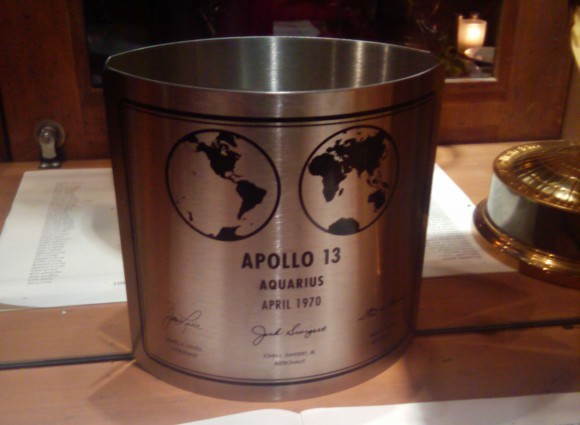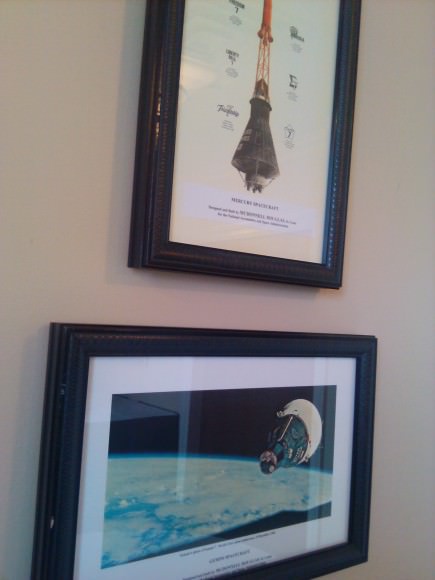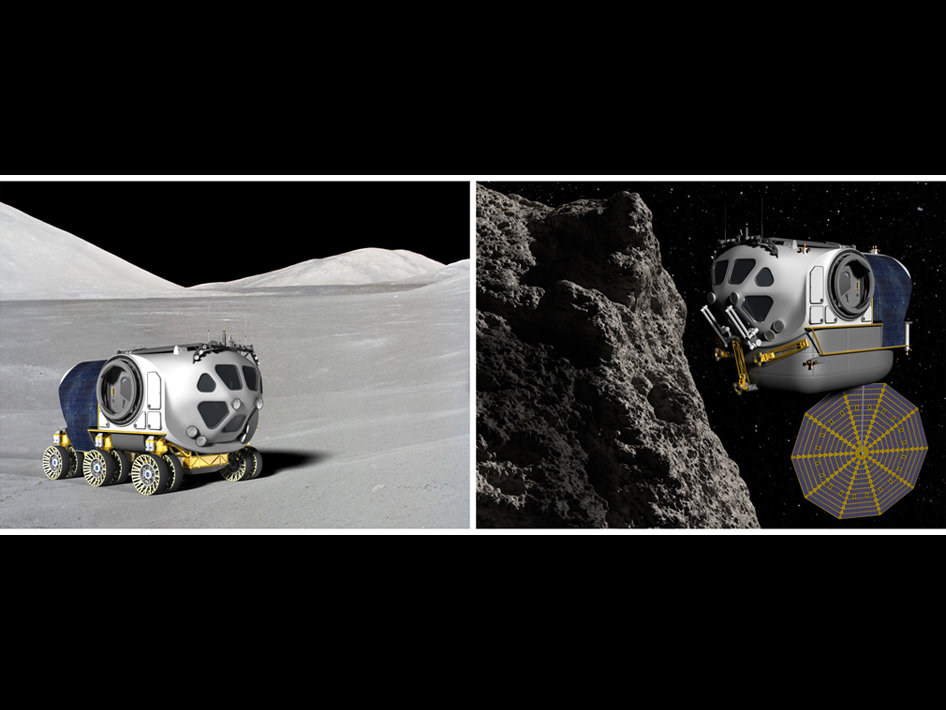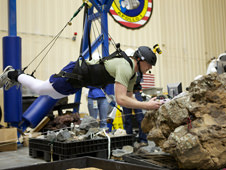Greetings, fellow SkyWatchers! It’s going to be a great week to catch up on your lunar studies, but be sure to mark your calendar for Tuesday’s splendid conjunction! There will be bright stars and clusters to study, so enjoy these temperate nights while they last! Whenever you’re ready to learn more about the history, mystery and majesty of what’s out there, meet me in the back yard…
Monday, August 20 – Tonight the Moon sets by skydark, but if you’re looking for a lunar challenge, return to crater Petavius about one-third the way up from the southern cusp just after sunset. This ancient crater is a wonderland of detail when lying on the terminator. Look for its rugged walls interrupted by crater Wrottesley to the northwest and elongated Palitzsch southeast. If conditions are stable, power up to look for a massive, multi-peaked central mountain region, along with a deep scar – Rima Petavius – cutting diagonally across the wavelike floor.
When the Moon has set, look for the southern Crown – Corona Australis. Its hidden jewel is 7.3 magnitude, 28,000 light-year distant globular cluster NGC 6723 (Right Ascension: 18 : 59.6 – Declination: -36 : 38). Discovered on June 3, 1826 by James Dunlop of New South Wales, Australia, NGC 6723 can be best found by heading less than 7 degrees due south of Zeta Sagittarii. This mid-sized cluster gives a surprising view, but if you’re more north, best catch it at its highest.
Now, relax! Tonight is the peak of the Kappa Cygnid meteor shower. Although the Moon will interfere early in the evening, wait until it has set and watch the area near Deneb. Discovered in the late 1800?s, the Kappa Cygnids are often overlooked because the grander, more prolific Perseids tend to get more attention. Although the stream has been verified, peak dates and fall rates vary from year to year. The average fall rate is usually no more than 5 per hour, but it is not uncommon to see 12 or more per hour with many fireballs. The stream’s duration is around 15 days. Clear skies!
Tuesday, August 21 – Deep Blue Celestial Scenery Alert! Don’t goof around tonight. Find yourself an open western horizon and be outside at sky dark for the awe inspiring combination of the Moon, Spica, Mars and Saturn. The powerful blue/white star will be located just northeast of the lunar edge while Mars resides to the east/southeast and Saturn reigns above them all. This will be a very photographic opportunity, so be sure to take advantage of this splendid conjunction. Tell your family and friends!
Although we have traveled this road before, let’s go further south than last night’s lunar study and have another look at Furnerius. Shallower and less impressive than Petavius, Furnerius will fade to obscurity as the Moon waxes. This flooded old crater has no central peak, but a much younger crater has punched a hole in its lava-filled floor. Look for the long “crack” extending from Furnerius’ north shore to crater rim. Perhaps it was caused by the impact? Sharp-eyed observers with good conditions and high power will also spot a multitude of small craters within and along Furnerius’ walls. For binocular viewers, try spotting crater Stevinus to the north and Fraunhofer to the south.
Now let’s go have a look at a star buried in one of the spiral arms of our own galaxy – W Sagittarii…
Located less than a fingerwidth north of Gamma, the tip of the “teapot spout,” W is a Cepheid variable that’s worth keeping an eye on. While its brightness only varies by less than a magnitude, it does so in less than 8 days! Normally holding close to a magnitude 4, nearby field stars will help you correctly assess when minimum and maximum occur. While it’s difficult for a beginner to see such changes, watch it over a period of time. At maximum, it will be only slightly fainter than Gamma to the south. At minimum, it will be only slightly brighter than the stars to its northeast and southwest.
While you watch W go through its changes – think on this: not only is W a Cepheid variable (a standard for distance measurements), but it is also one that periodically changes its shape. Not enough? Then think twice… Because W is also a Cepheid binary. Still not enough? Then you might like to know that recent research points toward W having a third companion as well!
Wednesday, August 22 – On the lunar surface tonight, head to the eastern shore of Mare Nectaris to catch an easily noticed broken black line. This is the western flank of the Pyrenees Mountains which stretch close to 350 kilometers north to south. The black line you see is a good example of a lunar scarp, a feature more like a cliff than a true mountain range. This scarp ends to the north in crater Guttenberg. Just south of Guttenberg, you will find high contrast Santbech.
Although it will be tough to locate with the unaided eye thanks to the Moon, let’s take a closer look at one of the most unsung stars in this region of sky – Eta Sagittarii. This M-class giant star will show a wonderful color contrast to binoculars or scopes, being slightly more orange than the surrounding field. Located 149 light-years away, this irregular variable star is a source of infrared radiation and is a little larger than our own Sun – yet 585 times brighter. At around 3 billion years old, Eta has either expended its helium core or just begun to use it to fuse carbon and oxygen – creating an unstable star capable of changing its luminosity by about 4%. But have a closer look… For Eta is also a binary system with an 8th magnitude companion!
Thursday, August 23 – Do you remember a few days ago in history when Lunar Orbiter 1 was launched? Well, on this day in history it made headlines as it sent back the very first photo of Earth seen from space!
On the lunar surface tonight, we’ll return to identify Metius, Fabricus and Janssen to the south. Southwest of this trio you will see a sharply defined small crater known as Vlacq. Power up to resolve its small central mountain peak. Angling off to the west and extending westward is multiple crater Hommel. Look especially for Hommel A and Hommel C which fit nicely and precisely within the borders of the older crater. Note how many individual craters make up its borders. Just north of Hommel is Pitiscus and to its south is Nearch.
Now let’s have a look at the brightest star in the “Archer” – Epsilon Sagittarii. Known as Kaus Australis, or the “Southern Bow,” Epsilon holds a respectable magnitude 1.8 and is located around 120 light-years from Earth. This sparkling blue/white star is 250 times brighter than our own Sun. While a major challenge would be to spot Epsilon’s 14th magnitude companion star located about 32? away, even the smallest of telescopes and most binoculars can try for the 7th magnitude visual companion widely spaced to the north-northwest.
Friday, August 24 – Today in 1966 from an Earth-orbiting platform, the Luna 11 mission was launched on a three day trip. After successfully achieving orbit, the mission went on to study many things, including lunar composition and nearby meteoroid streams.
Tonight’s prominent lunar features are also Astronomical League challenges. Look southwest of previous study Theophilus for the huge form of Maurolycus. Its cratered floor may be either partially lit or fully disclosed depending on your observing time. Note especially Maurolycus’ multiple central mountains. North of Maurolycus you will see the well-eroded remains of Gemma Frisius. Its broken walls will show well under current illumination. Finally look carefully for crater Goodacre which has destroyed Gemma Frisius’ northern wall.
The Moon is now becoming the “highlight” of the night sky. Try using “higher power” to diminish some of its glare. While southwestern Sagittarius is also high, why not observe some of its other globular clusters?
Center the scope on Epsilon and sweep less than 3 degrees north-northeast to find small 7.7 magnitude globular M69 (Right Ascension: 18 : 31.4 – Declination: -32 : 21). M69 gives an appearance similar to that of other compact clusters – such as M28 and M80. Small and moderately bright, it appears coarsely textured through smaller instruments and requires larger scopes to bring out its brightest 14th magnitude members. This cluster sits near a blue 7th magnitude star which complicates seeing M69 through binoculars and finderscopes.
Now head a little more than a degree southeast, then north of a pair of 6th magnitude stars to locate NGC 6652 (Right Ascension: 18 : 35.8 – Declination: -32 : 59) – a very small 9th magnitude globular. Go less than 2 degrees northeast to find brighter (8.1 magnitude), larger M70 (Right Ascension: 18 : 43.2 – Declination: -32 : 18). Notice how more of M70?s light is concentrated in its core than M69. Continuing a little more than 3 degrees in the direction of Zeta we encounter M54 (Right Ascension: 18 : 55.1 – Declination: -30 : 29). Through a modest scope, this 7.7 magnitude globular is small, very blue, and intensely concentrated at the core. Larger amateur instruments will only bring out a few 15th magnitude members out of this globular’s faintly glowing form.
Charles Messier discovered M69 and M70 on August 31, 1780 from Paris while trying to confirm a discovery made by Lacaille using a half-inch spyglass in South Africa. These two globulars lie within 2,000 light-years of each other and less than 30,000 light-years from Earth. Due to unusual richness in metal content – for astronomers, “metals” are any elements other than hydrogen and helium – M69 may be a relatively young cluster. At some 90,000 light-years, M54 is the most distant Messier globular cluster – and may not be a globular at all – but the core of a dwarf galaxy beyond the bounds of the Milky Way! In fact M54 is intrinsically larger (300 light-years in diameter) and brighter (magnitude 10.1) than any other globular within the Milky Way itself.
Saturday, August 25 – Tonight the waxing Moon’s most notable features will be the vast area of craters dominating the south-central portion near and along the terminator. Now emerging is Ptolemaeus – just north-northeast of Albategnius. This large round crater is a mountain walled plain filled with lava flow. With the exception of interior crater Ptolemaeus A, binoculars will see it as very smooth. Telescopes however can reveal faint mottling in the surface of the crater’s interior, along with a single elongated craterlet to the northeast. Despite its apparent uniformity, close inspection has revealed as many as 195 interior craterlets within Ptolemaeus! Look for a variety of interior ridges and shallow depressions.
With the moonlight causing studies to be mildly hampered, our main feature for tonight will definitely improve once the Moon sets – so while we’re waiting, let’s drop by open cluster M29 (Right Ascension: 20 : 23.9 – Declination: +38 : 32) less than 2 degrees south-southeast of Gamma Cygni. At lower power, or through small scopes, its handful of brightest members makes this 6.6 magnitude open cluster look more like an asterism than a real group. Lacking any sense of a core, higher power and larger scopes will bring out another dozen or so stars. Those with binoculars will enjoy seeing a few of M29?s brightest stars against a vague nebulosity.
Now let’s see what the “I” can “C”… Less than 2 degrees southwest of M29 (just south of 5th magnitude P Cygni) lies another open cluster of similar brightness and size to M29 – IC 4996 (Right Ascension: 20 – : 16.5 – Declination: +37 : 38). How do these two compare? The less conspicuous IC 4996 lies in a richer Milky Way field and consists of fewer and more compact bright stars. Smaller scopes see this one as a patch of nebulosity.
Now for M55 (Right Ascension: 19 : 40.0 – Declination: -30 : 58). Found in the far reaches of eastern Sagittarius, and west-southwest of Zeta, M55 is one of the coarsest globulars known. At magnitude 7.0, M55 can be seen as a large pale ghost of luminosity in binoculars or finderscopes. This is one very open globular cluster! A multitude of fine, easily resolved stars spread oblately over the mid-power field. Long exposure photos show this to be a true globular glowing with the combined light of almost 100,000 suns.
Tonight is also the peak of the Northern Iota Aquarid meteor shower. While the Moon will totally interfere most of the evening, you still might catch a bright streak!
Sunday, August 26 – The most outstanding feature tonight on the Moon will be a southern crater near the terminator – Maurolycus. Depending on your viewing time, the terminator may be running through it. These shadows will multiply its contrast many times over and display its vivid formations. As true lunar challenge, Maurolycus will definitely catch your eye with its black interior and western crest stretched over the terminator’s darkness. Too many southern craters to be sure? Don’t worry. Maurolycus dominates them all tonight. Look for its double southern wall and multiple crater strikes along its edges. Maurolycus is found about two Crisium lengths southwest of Theophilus and in tonight’s light will appear especially fine. But look just north of Maurolycus to pick out the battered remains of Class III crater Gemma Frisius, another lunar challenge. Spanning 56 miles and descending 17,100 feet below the Moon’s surface, you’ll find its walls broken, yet enough of its northern boundary remains to clearly reveal the impact that created Goodacre. Look for the shadows which blend Goodacre and Gemma Frisius together.
On this date in 1981, Voyager 2 made a fly-by of Saturn. Eight years later in 1989, Voyager 2 flew by Neptune on this date. Why don’t we make a “date” tonight to have a look at this distant blue world? You’ll find it on the ecliptic plane. While large binoculars can pick up Neptune’s very tiny blue orb, you’ll need a telescope tonight to spot it through the lunar glare.
Until next week? Wishing you clear skies!

